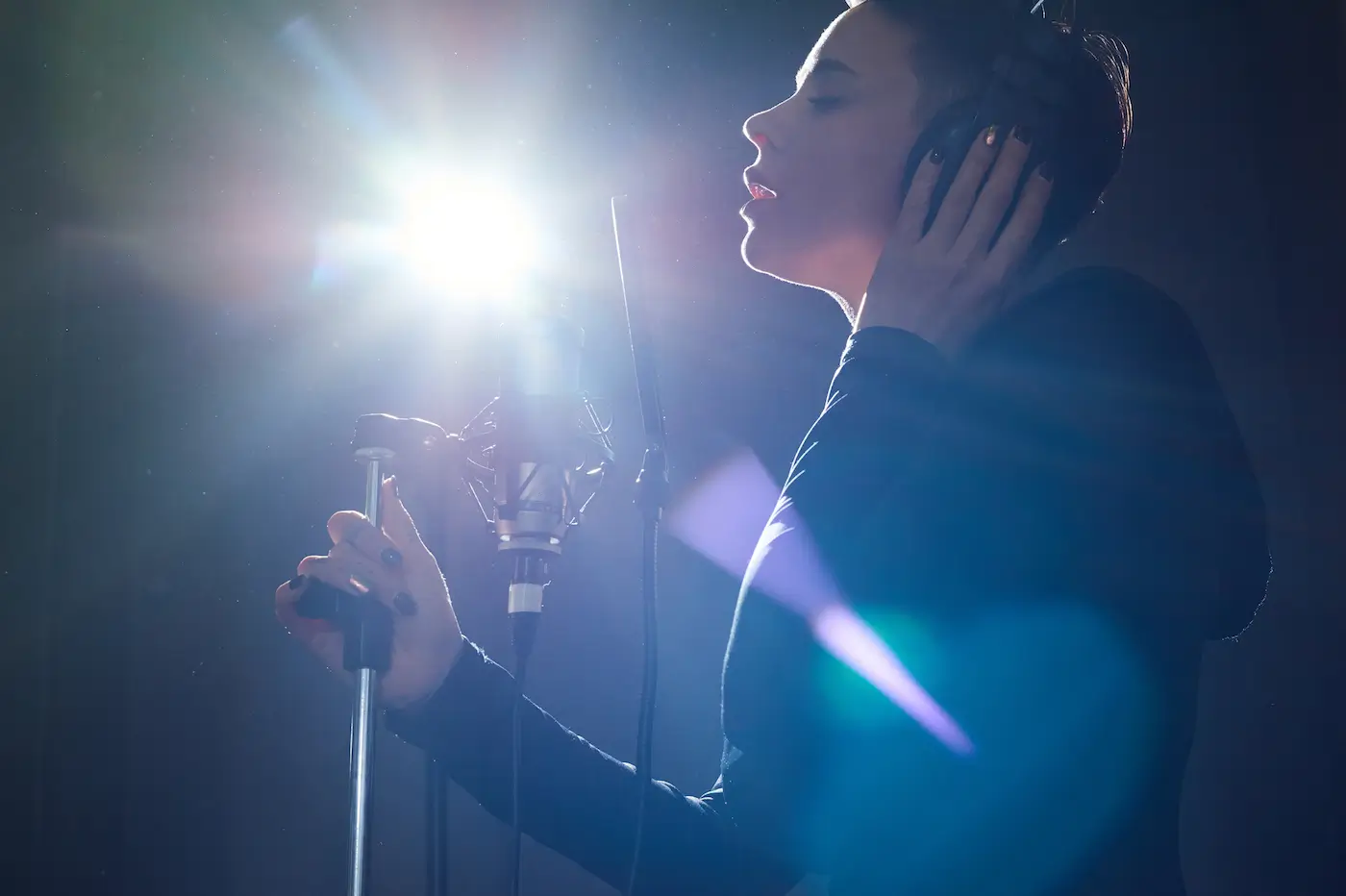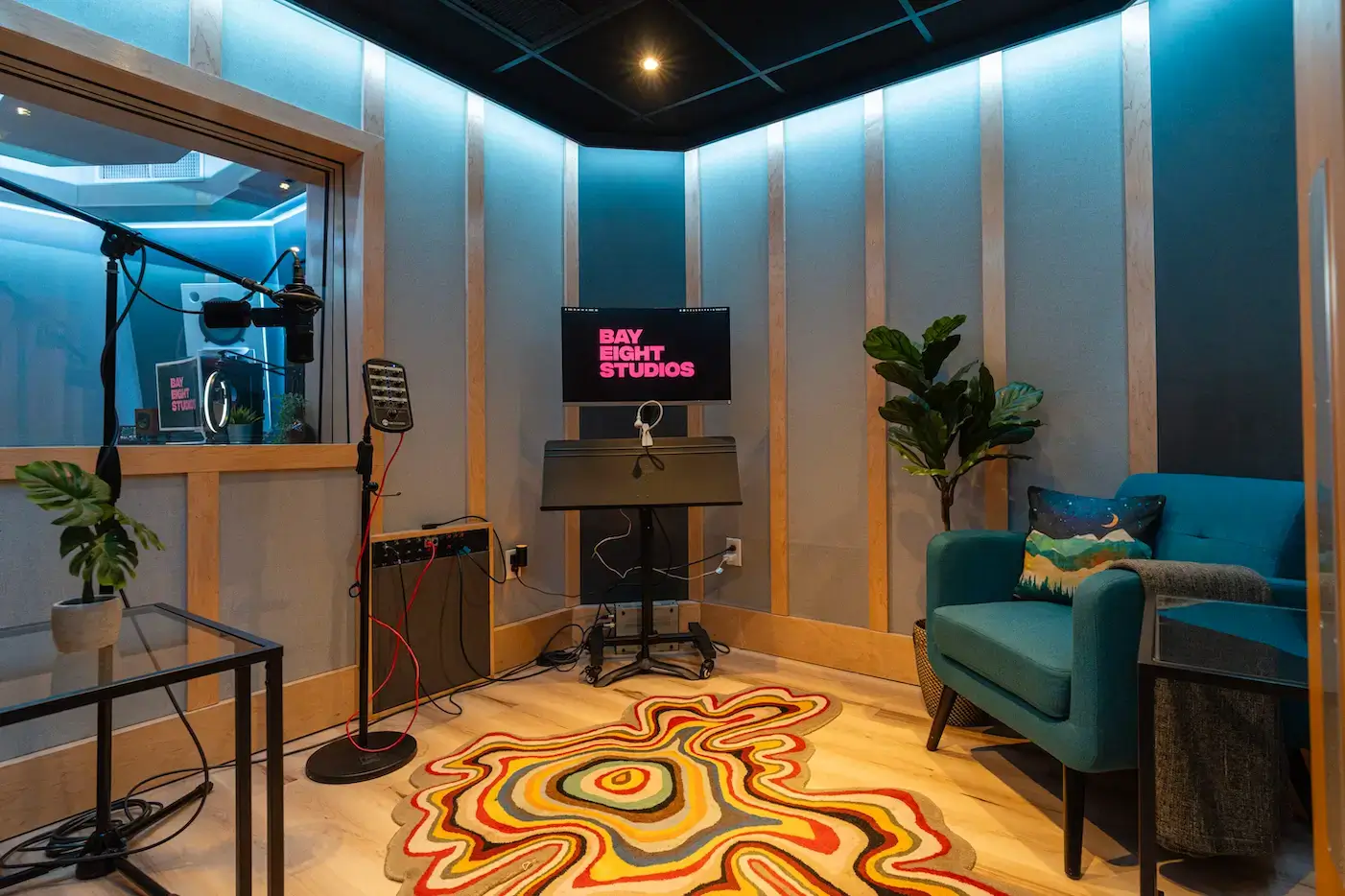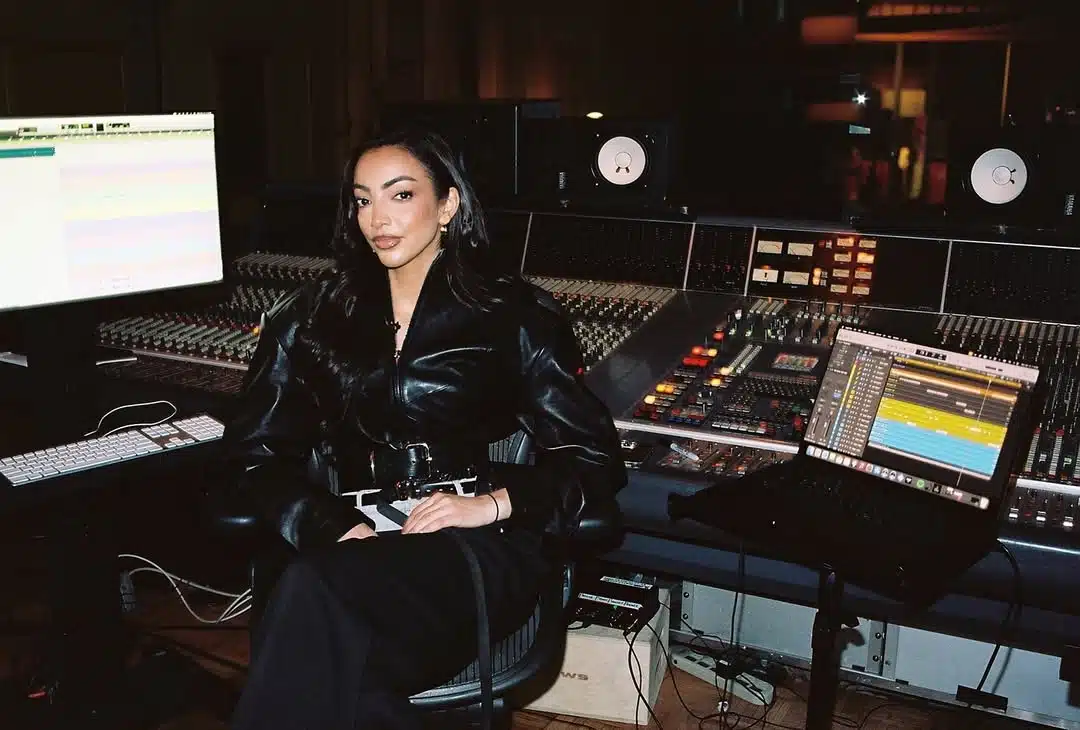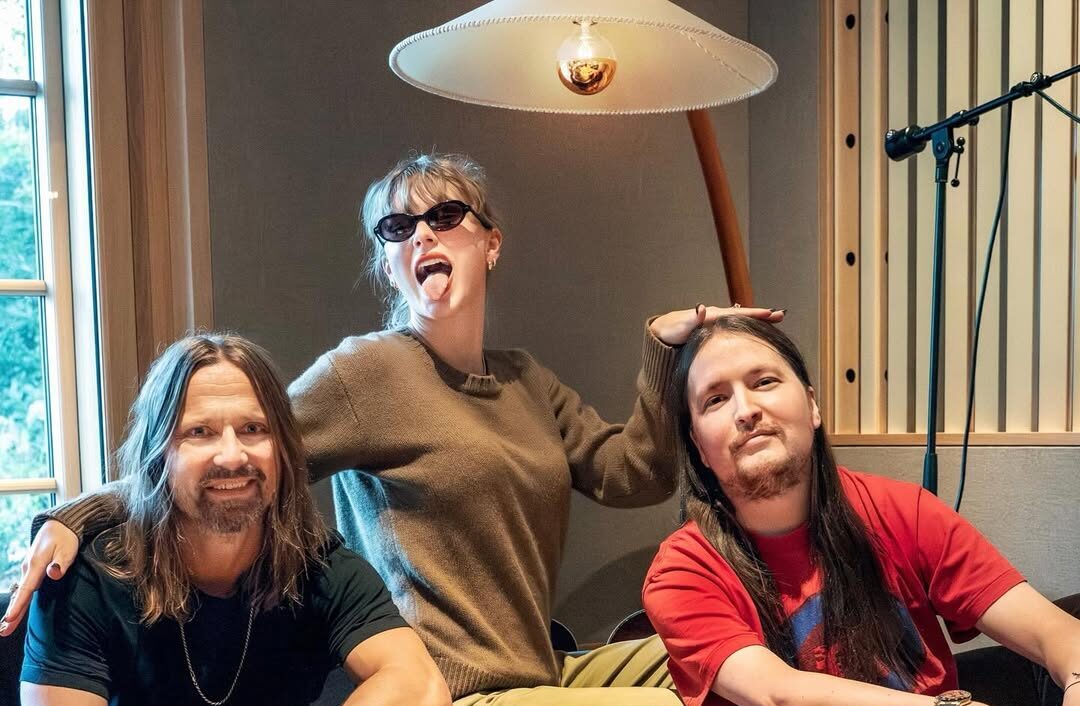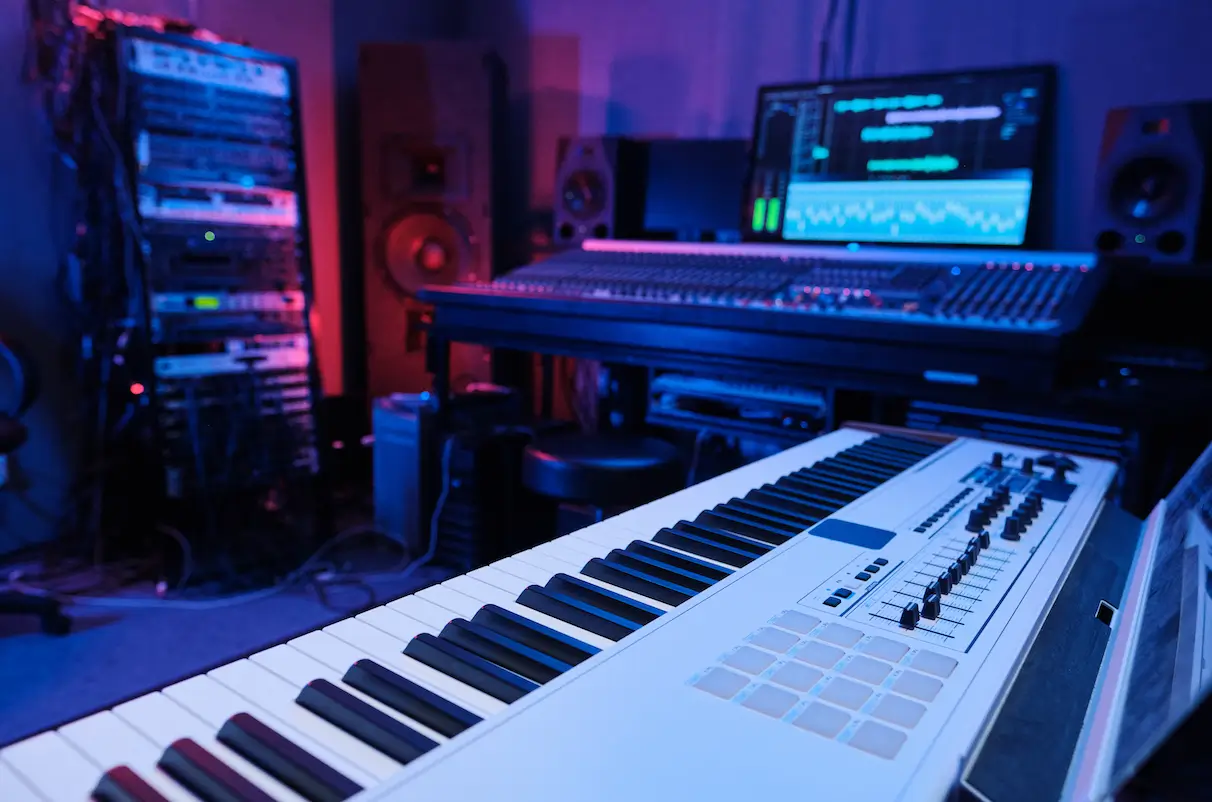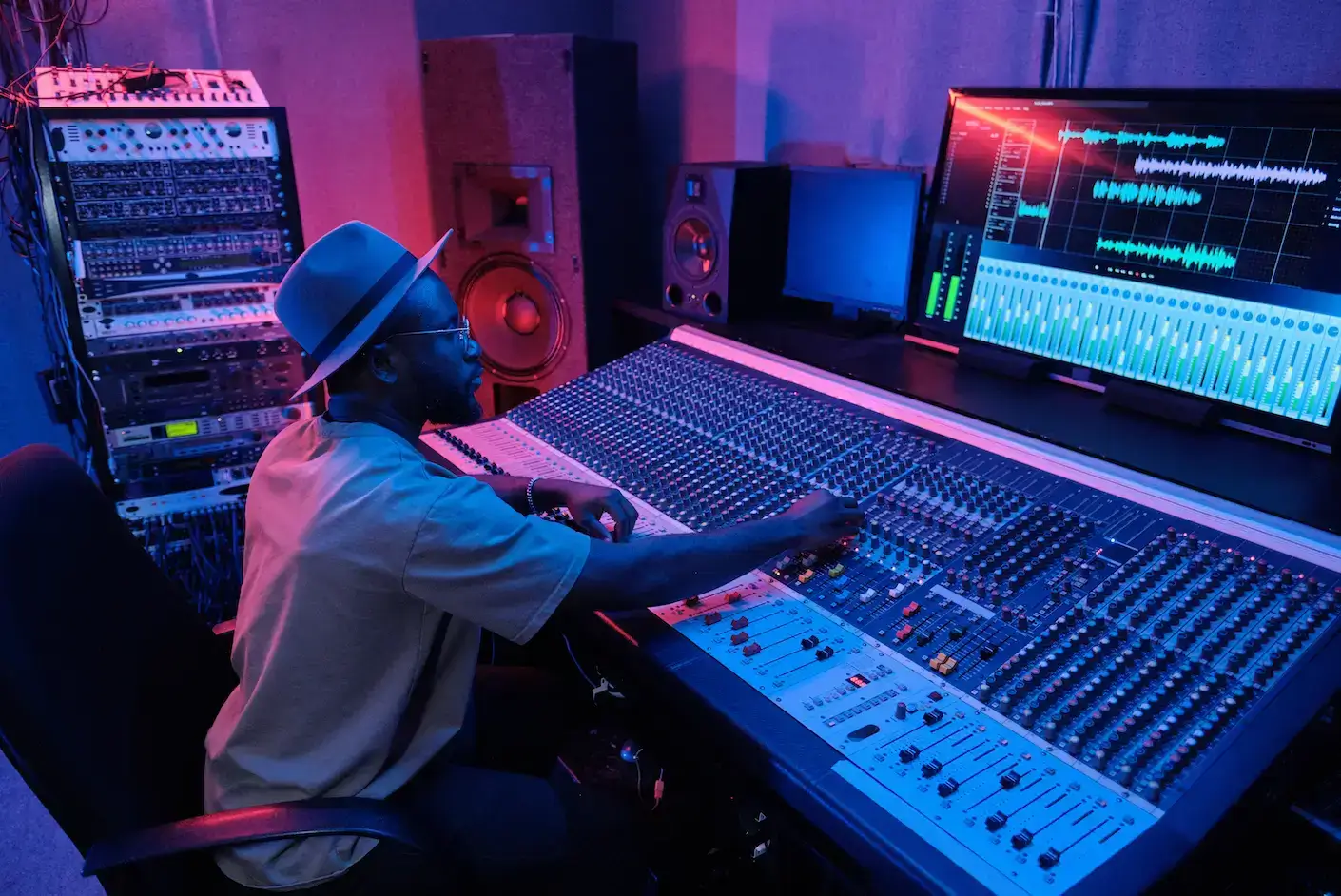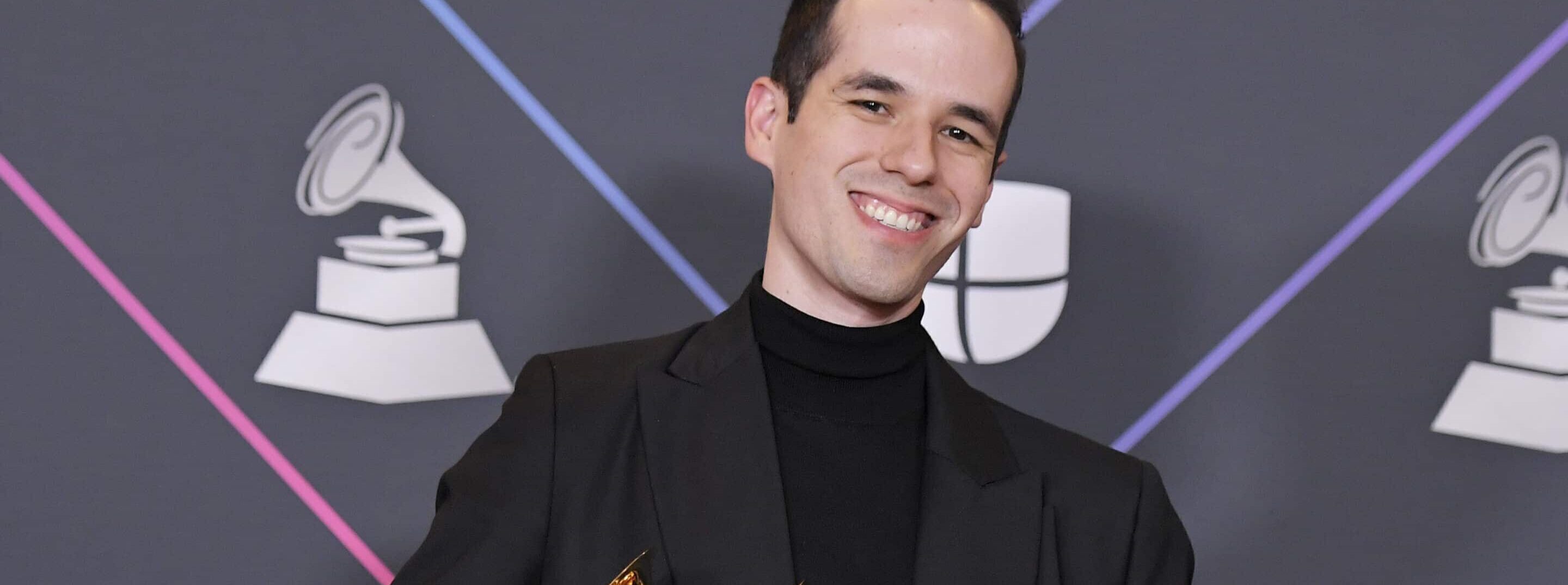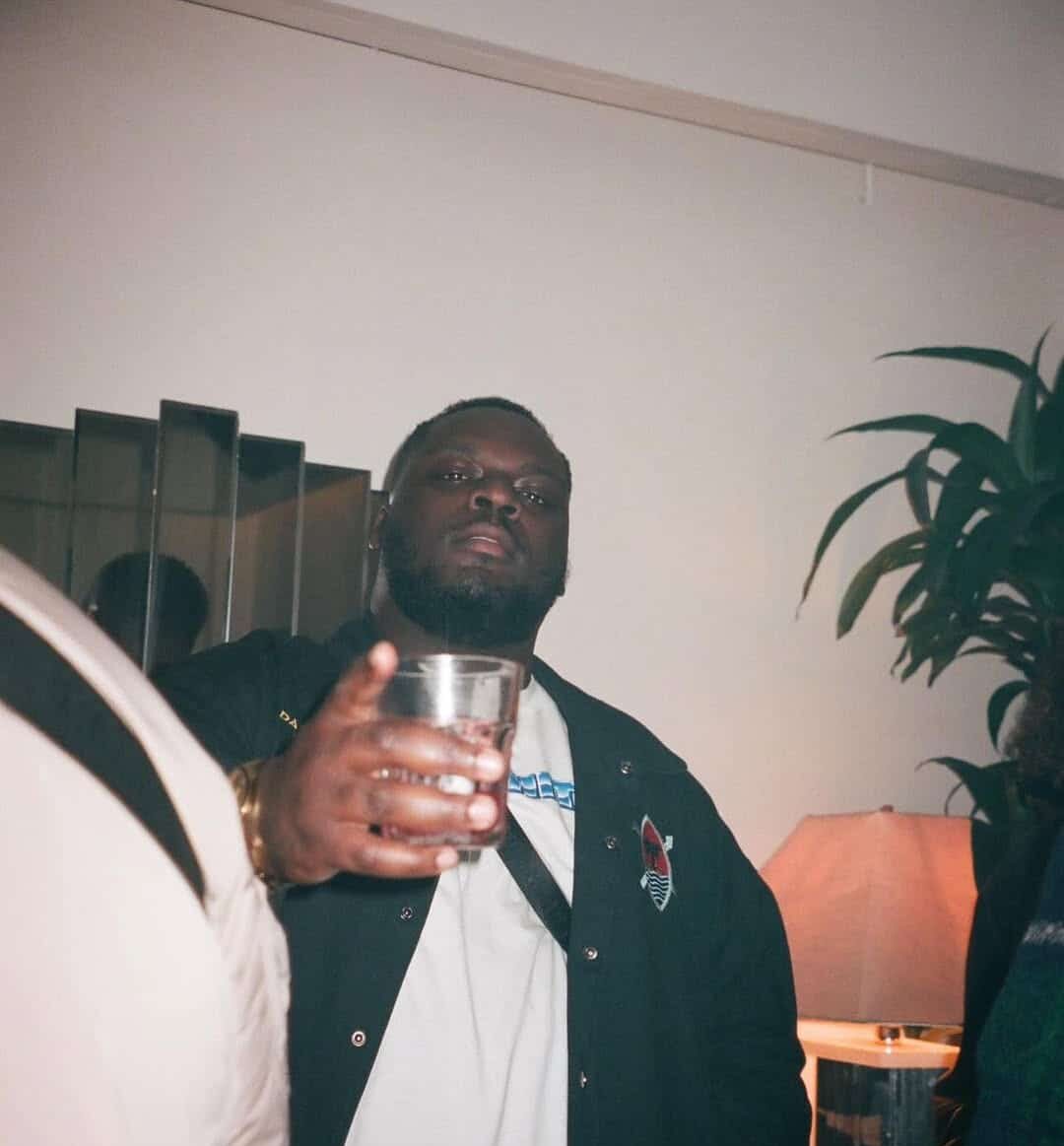Key Takeaways
- A recording studio gives you the environment to reinvent your sound and make it feel intentional.
- The smallest details in production shape how people connect with your songs.
- Recording defines the way your story is experienced, turning music from an idea into something people can feel.

Taylor Swift’s songs don’t stay in one lane.
Across ten albums, she’s shifted from country storytelling on Fearless to glossy pop on 1989, to the muted textures of Folklore and Evermore.
Each era carries a distinct sound that matches the world she’s building.
That kind of reinvention comes not only from her writing but from the way her songs are recorded.
Every vocal take, every instrument, every layer of production shapes how her music feels.
For people who want to create their own music, this is the part worth paying attention to.
A studio isn’t only about gear, but where songs are sharpened, elevated, and given the depth that makes them stand out.
Recording is what turns an idea into something that actually lives in the ears of people who hear it.
Here are three lessons from Taylor Swift’s catalog that show why the studio process matters and how the right environment can bring songs to their full potential.
1. Reinventing your sound takes the right recording environment
Taylor Swift is known for reinventing herself. Each era comes with a new sound that matches the story she’s telling.
Her early records leaned on acoustic instruments and simple arrangements. 1989 flipped that with polished pop production. Later, Folklore and Evermore pulled everything back, leaning into something more intimate and raw.
What ties all of those shifts together is the recording environment. The studio is where those changes became possible.
With the right setup, you can create a record that sounds clean and radio-ready. Or you can strip it back and leave space so the song feels closer to a live performance.
For someone stepping into a studio for the first time, this is important.
You may have songs that lean one way or another. Maybe you want them polished and layered. Maybe you want them raw and stripped down.
A recording studio gives you the tools and the space to make that choice real.
Recording goes beyond plugging in and pressing record. The sound is shaped to reflect who you are and what you want people to feel.
Think of it this way: when you listen to your favorite Taylor Swift album, the sound isn’t accidental but the result of choices made in the studio.
That’s where reinvention becomes real. In fact, Swift recorded most of Folklore (and its sister album Evermore) with producer Aaron Dessner at his secluded Long Pond Studio in upstate New York. That change of scene helped cultivate the quieter, indie-folk atmosphere you hear on those tracks.
The environment truly shaped the sound of those albums.
2. Small details change how songs connect
Many people assume that the big things, like lyrics, chords, and melodies, are what matter most in a song. And of course, they do. But if you’ve ever listened closely to Taylor Swift, you’ll notice how much the small details matter too.
It might be the way a vocal feels more present in one song and softer in another. It might be how instruments feel layered and full, or how space is left between them. It might even be something as subtle as reverb or room tone.
They may seem like background elements, but they change the way a song lands emotionally.
That’s where a recording studio becomes important.
A bedroom setup can get you started, but the controlled environment of a professional studio brings those details into focus. High-quality microphones and gear, along with experienced engineers, capture sound in a way that makes those small choices count.
Research backs this up: one experiment found that when listeners heard the same song in a high-quality studio mix versus a low-quality mix, the well-produced version triggered much stronger emotional responses, especially among people with trained ears.
In other words, those subtle production decisions can literally change how a song makes people feel.
When you listen to Taylor Swift, you might not be thinking about how a vocal take was tracked, or how an acoustic guitar was mic’d. But you feel the results. The songs sound the way they do because those small details were handled with care.
If you’re making your own music, that’s something you’ll want too. The details are what turn a song from a rough sketch into something people want to play again and again.
3. The recording process shapes how people experience your story
Taylor Swift is a storyteller.
Her fans connect with the narratives in her songs… the breakups, the friendships, the moments of joy or loss.
But the way those stories come across depends just as much on how they’re recorded.
Think about Red compared to Folklore. The first is bold, full of pop-rock moments and wide production choices. The second feels like sitting in a quiet room with her, listening to something personal.
Same artist, different recording approach, completely different experience. In fact, one reviewer noted that you can even hear “the silence of the quarantine” in Folklore’s sparse sound. It’s a “contemplative escape” of an album, whereas Red explodes with glossy, radio-ready polish. That contrast shows how the recording process can shape a listener’s entire experience of the story.
A stripped-down track can feel vulnerable and intimate. A layered, polished music production can feel big and cinematic. Neither one is better. What matters is choosing the process that matches your story.
When you walk into a studio, you’re not just there to sing into a microphone, but you’re there to decide how you want people to feel when they hear your music. Taylor Swift shows how powerful that choice can be.
Why does this matter if you want to release your own songs
If you’re someone who’s been writing songs at home, or you’ve played them for friends and thought about recording, Taylor Swift’s catalog is proof of why the studio matters.
Her albums aren’t just great because of the writing. They work because the recording process was treated as part of the storytelling.
For you, that means:
- A studio helps you shape your sound, whether you want it polished or raw.
- It captures the small details that make a song feel complete.
- It gives you the space to match the recording to the story you’re trying to tell.
You don’t have to aim for something massive or radio-ready. You only need a space that lets your songs come through the way you imagine them. A recording studio gives you that.
Shape your sound in the studio
Taylor Swift’s career is filled with reinvention, detail, and careful choices in how her songs are recorded. That’s why each album feels distinct.
For anyone dreaming of making their own music, her catalog is a reminder that the recording process matters as much as the writing.
When you step into a recording studio, you capture more than sound. You define how your music will be heard.
Whether the goal is something polished and layered or raw and intimate, the studio is where those choices take shape and turn into what people feel.
If you’ve ever thought about taking your songs beyond the living room, there’s no better place to start than in a recording studio.
That’s where your music stops being an idea and starts being something people can truly hear.

